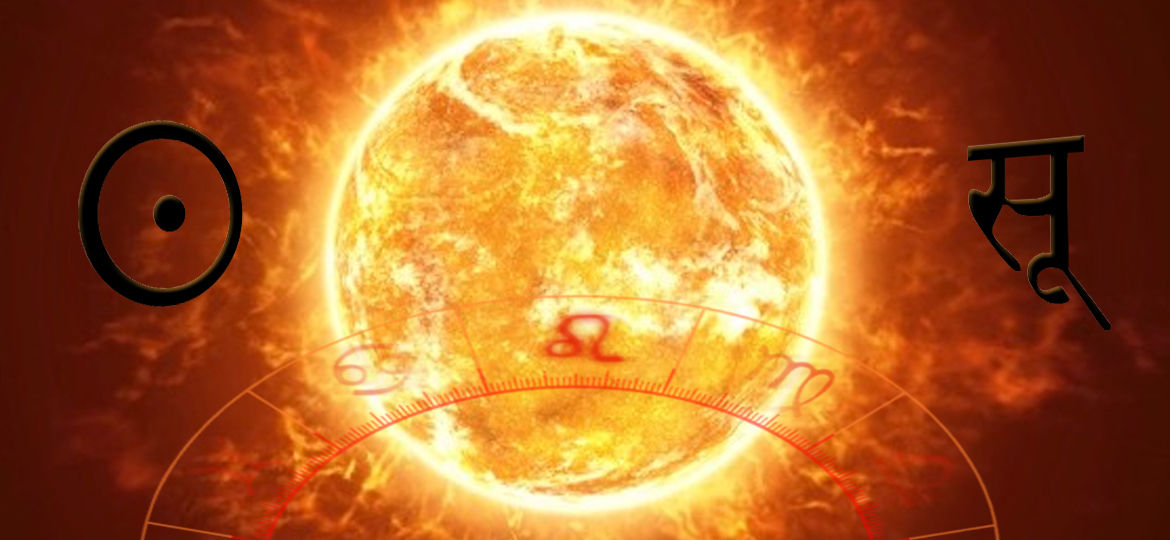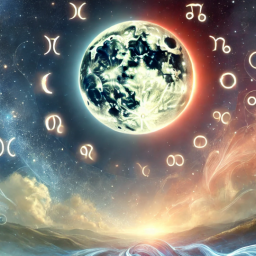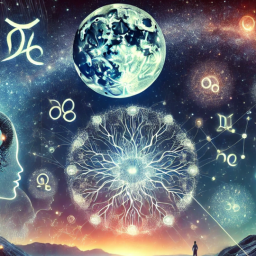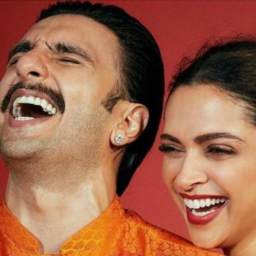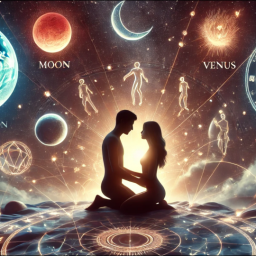Synastry of Sun - Research Findings
The following bar charts display the frequency of the various aspects made between the Sun in one chart to the main celestial bodies in another birth chart.
This data was generated from 184 individual birth charts which were paired up into two distinct groups:
Long marriages that did not result in a divorce. This group has 88 Individual birth-charts and 44 birth-chart pairs.
Short marriages that resulted either in a divorce or early death of one of the spouses. This group has 96 individual birth-charts and 48 birth chart pairs.
Synastry of Sun Conjunctions (0° aspect)
It is notable that the Sun/Venus Conjunctions occur 8.7% of the time when considering all couple pairs (short and long).
Synastry of Sun Squares (90° aspect)
Squares tend to be demanding and dynamic, especially when Sun, Mars or Saturn are involved. It’s therefore notable that the Sun/Sun squares do not happen at all in our collection of long-term marriages, and Sun/Saturn only happens once in the same group.
Synastry of Sun Trines (120° aspect)
Trines tend to be smooth and easy. Here it is notable that the harsh combinations, like Sun/Sun and Sun/Saturn occur 18.2% and 20.5% respectivly in the long-term marriage group.
Synastry of Sun Oppositions (180° aspect)
There are no Sun/Sun oppositions in either group!
Total Synastry of all Sun Aspects
It comes as no suprise that 43% of all pairs (long and short) had a Sun/Moon aspects. This has been show in earlier studies of couple synastries. But this total jumps to 58% when all minor aspects are included.
What is slightly more surprising that the total of 59% of all couples had Sun/Neptune combination when we consider all minor aspects. When just the basic aspects are considered Sun/Neptune occur in about 37% of the couples. Since the orb for the minor aspects is much narrower than for the basic aspects, this jump of 22% is quite surprising.
Sun/Mercury combinations occur with the same frequency as Sun/Neptune. When considering only basic aspects Sun/Mercury is show in 37% of the couples, but jumps 22% to 59% when minor aspects are considered as well.
What does this mean?
The Sun signifies the individual ego, so any aspects to the Sun can reveal a conflict. The Moon represents our mind and emotions. The the ego (Sun) is associated with emotions (Moon) there is bound to be affinity. Just like the Moon is the biggest reflector of Sun’s light, so does the Moon person reflect the Sun person’s light. In addition the Moon person can confer a sense of care and security to the Sun person. Hence the results above were expected.
Similarly Mercury is the planet of communication. When associated with the Sun this communication becomes deeper and more meaningful. This is an experience that most married couples have, especially in the beginning of their relationship.
But what about Neptune?
Neptune is a planet that is strongly associated with illusion, delusion and escapism. It is also known for glamor, anything that shines or sparkles. It is strongly linked with the imagination.
I speculate that these results reflect on what happens naturally in most relationships. When we are in love we create a protective halo around the other person; we glamorize them. Another possible angle is that Neptune may diffuse the ego problems that can be presented by the Sun. Relationships work more harmoniously if the raw ego is either diminished or kept in check. This may explain the predominance of Sun/Neptune synastry aspects.
Synastry from other celestial bodies
Conclusion
This is an ongoing research as we will continue this testing with extended collections of couples.
A research like this one is the main guideline in the astrological scoring in the FindingYou dating app. As new discoveries are observed we will also update the way we score compatibility to serve our users better.
